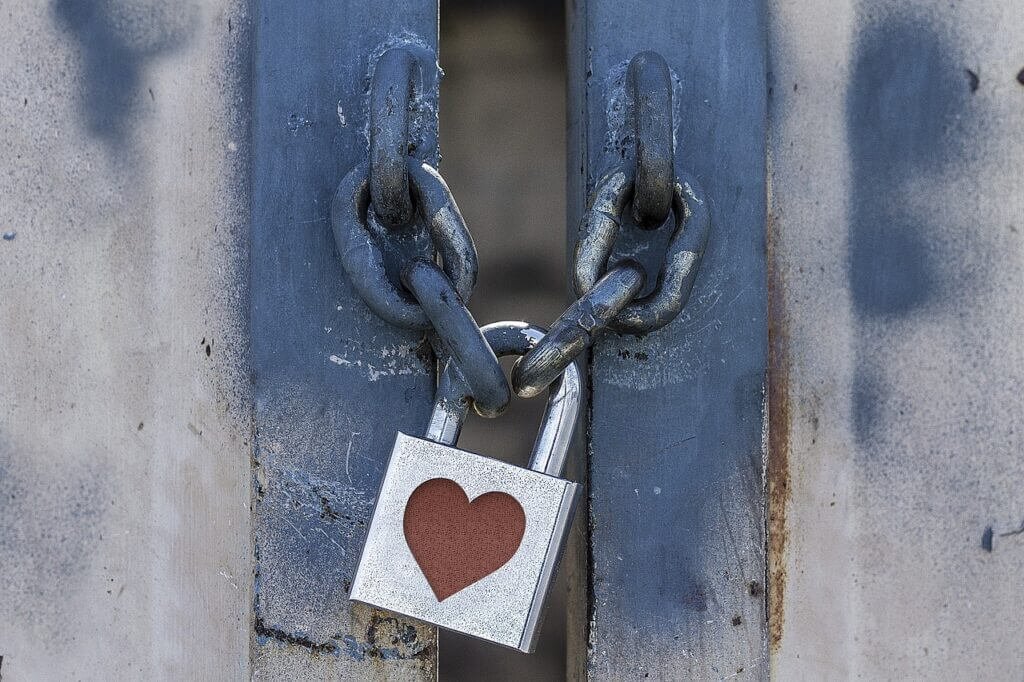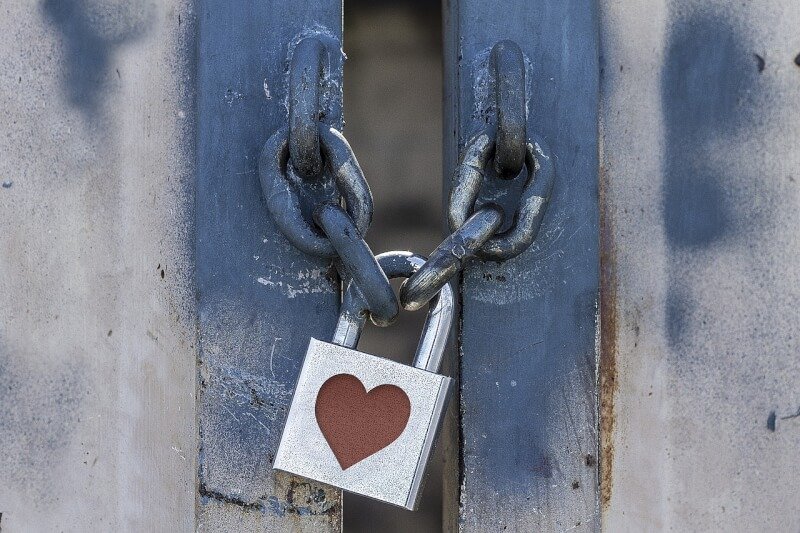Imagine you are surrounded by a world of endless possibilities, where even the toys your child plays with are capable of capturing precious moments. Sounds exciting, right? Well, it certainly is, but as we embrace the era of smart toy cameras, there is a growing need to address the privacy concerns that come hand in hand with this technological advancement. With their ability to record, store, and transmit data, these high-tech toys raise questions about who has access to your child’s moments, where the data is being stored, and how it can potentially be misused. It’s time to take a closer look at the privacy implications of smart toy cameras and navigate this brave new world with caution.

Data Security
Internet Connectivity
One of the main privacy concerns with smart toy cameras is the issue of internet connectivity. These cameras often connect to the internet to provide remote access for parents and caregivers. However, this also means that the cameras are vulnerable to hacking and unauthorized access. If not properly secured, hackers can potentially gain access to the camera’s live feed, allowing them to see and hear everything that is happening in the camera’s vicinity.
Data Encryption
Another important aspect of data security is encryption. Encryption is the process of encoding information to prevent unauthorized access. Smart toy cameras that lack proper encryption methods put users at risk of having their personal data intercepted and stolen. This includes video footage and any other information that may be stored on the camera or transmitted over the internet.
Storage and Transmission
Smart toy cameras often store recorded video footage either on the camera itself or in the cloud. While cloud storage provides convenience and accessibility, it also raises concerns about the security and privacy of the data being stored. If the storage is not properly secured, cybercriminals could potentially gain access to the stored footage, compromising the privacy of individuals recorded by the camera.
Unauthorized Access
Hacking Risks
Smart toy cameras are not immune to hacking, and this poses a significant privacy concern. Hackers can exploit vulnerabilities in the camera’s software or its internet connection to gain unauthorized access. Once inside the camera’s system, they can potentially gain control over the camera’s functions and access any video or audio feed. This invasion of privacy is not only unsettling but can also lead to more severe consequences if personal information or sensitive footage is obtained.
Weak Passwords
Another potential vulnerability that smart toy cameras present is the use of weak passwords. Many users fail to set strong, unique passwords for their camera’s account, making it easier for hackers to gain access. A weak password is like leaving the front door of your house unlocked – it invites intruders. It is crucial to use strong and unique passwords that combine a mixture of letters, numbers, and symbols to minimize the risk of unauthorized access.
Default Settings
Smart toy cameras often come with default settings that may not prioritize privacy or security. These default settings can leave the camera more vulnerable to unauthorized access if not changed. It is essential for users to review and customize the device’s settings, such as enabling two-factor authentication or configuring privacy options. Failure to adjust these settings could unknowingly expose sensitive information or allow unauthorized individuals to access the camera.

Location Tracking
Tracking and Sharing Geolocation
Some smart toy cameras include features that track and share the geolocation of the camera and its users. While this can provide convenience for parents and caregivers, it also raises concerns about the privacy and safety of individuals being tracked. Sharing location data, especially when it involves children, can potentially be exploited by malicious actors or used to track patterns of behavior.
Risk of Inadvertent Disclosure
The risk of inadvertent disclosure is closely tied to location tracking. Smart toy cameras that transmit or store location data may inadvertently disclose this information to third parties without the user’s knowledge or consent. This can occur through the camera’s mobile application or when the data is shared with cloud storage providers. The potential for accidental disclosure of location information further compounds the privacy concerns associated with smart toy cameras.
Audio and Video Recording
Invasion of Privacy
One of the most obvious privacy concerns with smart toy cameras is the potential invasion of privacy through audio and video recording. These cameras capture live footage of individuals within their range, which can include private spaces such as bedrooms or play areas. The constant surveillance can be seen as a violation of personal privacy, particularly if the cameras are not used with proper consent or awareness of those being recorded.
Sharing Recordings
Compounding the invasion of privacy concern is the potential for recorded footage to be shared without the user’s consent or knowledge. If the smart toy camera’s system or storage is compromised, unauthorized individuals may gain access to the recordings and distribute them without permission. Even when shared through legitimate channels, such as with family members or caregivers, the potential for unintended sharing or misuse of the recorded footage still exists.

Data Collection and Usage
Personal Information
Smart toy cameras often require users to provide personal information during the setup process, such as names, email addresses, or even photos. The collection and storage of this personal data raises concerns about how it is being used and protected. There is a risk that this information could be used for targeted advertising or shared with third parties without the user’s consent, compromising their privacy and potentially leading to unwanted solicitations or misuse of personal information.
Marketing and Targeted Ads
The collection of personal information opens the door for smart toy camera manufacturers or associated companies to engage in targeted advertising. By analyzing the data collected, advertisers can tailor their messaging to specific demographics or individual preferences. While targeted advertising can provide more relevant content, it also raises concerns about the extent to which personal information is being tracked and used for commercial purposes.
Lack of Proper Regulations
Inadequate Laws and Standards
One of the overarching privacy concerns with smart toy cameras is the lack of proper regulations governing their use and security. The rapid advancement of technology has outpaced the development of laws and standards that specifically address these devices. Without clear guidelines, manufacturers may prioritize features and convenience over privacy and security, potentially exposing users to unnecessary risks.
Loopholes and Accountability
The absence of comprehensive regulations also creates loopholes that can be exploited by both manufacturers and malicious actors. Companies may find ways to circumvent privacy protections or exploit vague language to collect more data than necessary. Additionally, the lack of accountability and consequences for non-compliance may discourage manufacturers from implementing robust privacy and security features, further compromising user privacy.
Inadequate Parental Control
Children’s Exposure
Smart toy cameras are often marketed as tools to help parents and caregivers monitor their children. While this can provide reassurance, it also raises concerns about the potential exposure of children to constant surveillance. Growing up in an environment where privacy is limited can have long-term psychological effects, as it inhibits children’s ability to develop a sense of autonomy and personal boundaries.
Lack of Supervision and Monitoring
The reliance on smart toy cameras as a tool for supervision and monitoring can create a false sense of security for parents and caregivers. It is important to remember that these devices are not a substitute for proper supervision and engagement with children. Relying solely on technology to monitor children may result in neglect or oversight of crucial moments requiring direct human interaction. Parents and caregivers must strike a balance between technology and active participation to ensure proper care and safety for children.
Third-Party Access
Sharing Data with Third Parties
Smart toy cameras often rely on third-party services, such as cloud storage or mobile applications, to function effectively. This reliance on external services introduces another layer of privacy concerns. When users share their data with third parties, they are entrusting these entities with their personal information, video footage, and potentially sensitive data. The level of security and privacy practices employed by these third parties is often out of the users’ control.
Unknown Security Measures
Linked to the issue of third-party access is the lack of transparency regarding the security measures implemented by these service providers. Users often have limited visibility into the security protocols and data handling practices of the third parties associated with their smart toy cameras. This lack of transparency leaves users uncertain about the level of protection and control they have over their own data, raising concerns about potential misuse or unauthorized access.
Privacy Policies and Consent
Complex and Lengthy Policies
The privacy policies associated with smart toy cameras are often long and complex, making it difficult for users to fully understand how their personal information and data are being handled. These policies are typically laden with legal jargon and may not be presented in a user-friendly manner. As a result, individuals may inadvertently agree to terms and conditions that grant broader access to their data than they intended, compromising their privacy.
Obtaining Informed Consent
Informed consent is a crucial element when it comes to privacy and data protection. However, obtaining informed consent from individuals using smart toy cameras, especially children, can be challenging. Children may not fully understand the implications of granting access to their personal information or being recorded through the camera. It is important for manufacturers, parents, and caregivers to prioritize obtaining informed consent, ensuring that privacy is respected and protected.
Data Breaches
Vulnerability to Attacks
No system is immune to cyber-attacks, and smart toy cameras are no exception. These devices can be targeted by hackers seeking to gain unauthorized access, steal personal data, or compromise the camera’s functionalities. Data breaches can result in significant harm to individuals, including identity theft, financial loss, or reputational damage.
Potential for Identity Theft
Identity theft is a pervasive concern associated with data breaches. Smart toy cameras that collect and transmit personal information create a potential treasure trove of data for identity thieves. If a breach occurs and personal information is compromised, individuals may experience financial loss or find their identities used fraudulently. Protecting against data breaches is essential to minimize the risk of identity theft and its associated consequences.
In conclusion, smart toy cameras present various privacy concerns that need to be carefully considered and addressed. From data security vulnerabilities to potential invasion of privacy and lack of adequate regulations, it is crucial for manufacturers, parents, caregivers, and policymakers to prioritize user privacy and data protection. By implementing robust security measures, educating users, and establishing clear regulations and standards, the privacy concerns associated with smart toy cameras can be mitigated, ensuring a safer and more secure environment for individuals, particularly children.


